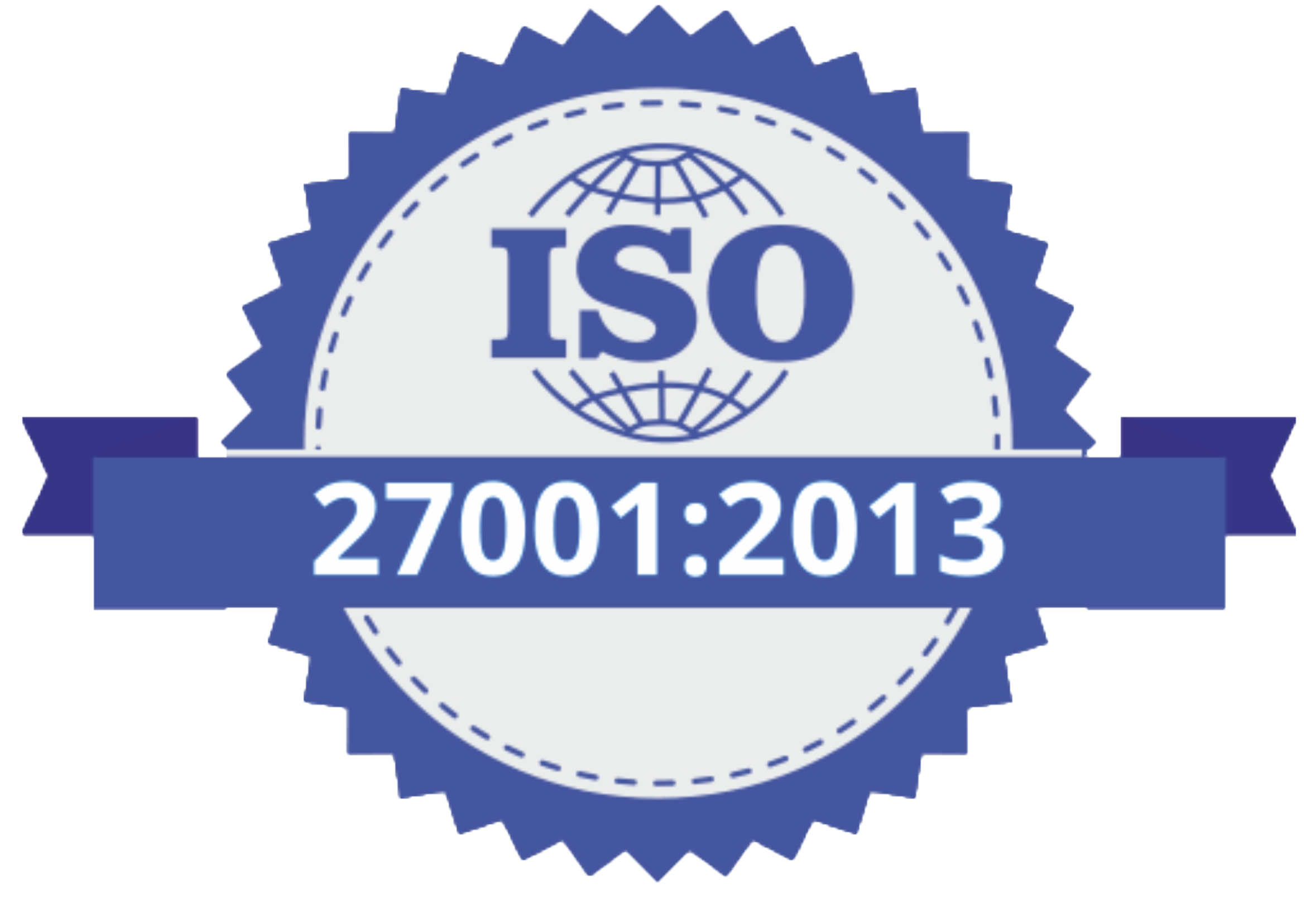From AI to IoT, advancements, convergences, and new use cases are giving rise to new avenues for IT innovation across industries, thereby transforming the business landscape to come.
Despite economic uncertainty, the 2023 State of the CIO survey from Foundry reports that the vast majority of CIOs (91%) expect to maintain or increase their tech budget this year. The technologies driving these investments include data analytics, AI, and other means to improve the customer experience as enterprises seek to drive new revenue to modernise legacy environments.
Security and risk management are also atop the list for most CIOs this year, having been cited as a top 5 tech investment by 40% of IT leaders surveyed in the report.
Meanwhile, developers are skilling up in cloud, blockchain, and machine learning, which Stack Overflow CTO Jody Bailey says are three of the most searched topics by developers getting up to speed on in-demand technology.
“Technical questions around blockchain have increased by over 80% every year since 2010, cloud questions by over 50%, and machine learning questions by nearly 50%,” Bailey says. “We’re seeing an upswing in questions about languages like Python and Java Script that fuel interactive tech, including machine learning, that thrive in cloud environments.”
0 seconds of 29 secondsVolume 0%
All these technologies have the potential to disrupt the business world, or are already doing so, as technology disruption is often the result of converging existing technologies rather than the introduction of something completely new, says Sanjay Macwan, CIO and CSO at Vonage, who sees several current technologies merging to create new gains.
“Convergence of rapidly advancing 5G wireless capabilities, cloud computing coupled with edge computing, and AI advances are ripe for disruptions across industries and use cases,” Macwan says.
Read on to see which technologies will shake up the status quo in the next year.
AI to upend data privacy and security.
The widespread use of AI is prompting the need for guidelines and protections around its use, especially in areas such as education where interest is high and young people are involved.
Stanford’s Artificial Intelligence Index reports the US is leading the world in AI investment: “In 2022, the $47.4 billion invested in the US was roughly 3.5 times the amount invested in the next highest country, China ($13.4 billion). As AI technologies have become increasingly ubiquitous, this education is being embraced at the K-12 level.”
“The explosive popularity and interest in artificial intelligence will continue into 2023,” says Tim Pritchett, engineer operations manager at Matrix Integration. “Issues of data privacy with minors and validity of information generated by AI are already moving into the foreground of the technology discussions around AI.”
Jeetu Patel, executive vice president and general manager for security and collaboration at Cisco Systems, cites another area of concern: AI will drive sophisticated new security threats this year.
“AI will enable more advanced scams, including incidents of identity theft and convincing deep fakes,” he says. “Despite the tremendous positive impact AI can have, it’s more critical than ever that the industry ensures responsible and ethical use cases, guidelines are implemented, and, when appropriate, restrictions win out.”
And while AI will keep security pros on their toes, Vonage’s Macwan says the technology can, to a certain degree, be part of the solution.
“I’m excited to see significant adoption of AI-enabled automation across all enterprise workflows and processes,” Macwan says. “For example, ‘ask-IT’ and ‘ask-security’ chatbots that can answer and guide employees to fulfill many of their routine IT and security needs with ease and with accuracy.”
Generative AI to unlock new value from data.
AI advances, in particular around generative AI solutions such as ChatGPT, will also shake up how enterprises address a key strategic imperative: getting the most from their data.
John Goodson, CTO of CCC Intelligent Solutions, specifically sees promise in areas where deriving insights from large amounts of data previously required a lot of manual manipulation.
“Underlying AI technologies such as ChatGPT and other generative AI tools, SageMaker, Azure AI, and others will be foundational in allowing innovators to quickly solve hard problems to disrupt vertical market processes,” Goodson says. “Most of these tools require little ramp-up time to get started with powerful impact. Where data is not structured or is more difficult to leverage, more sophisticated AI approaches will continue to dominate, causing disruption.”
Rahul Subramaniam, CEO at CloudFix, expects entire new product categories to emerge from large language models built by the likes of OpenAI, Google, and AWS — something that may help enterprises unlock hidden value in the vast troves of unstructured data in their stacks.
“Businesses have been looking to unleash insights from all their data,” Subramaniam says. “The challenge is the ability to assimilate this vast amount of data and summarise that knowledge into something actionable or useful. Until recently, this was nearly impossible. Large language models have made solving this much more feasible today.”
Chatbots to finally prove their CX/EX power
Chatbots are frequently heralded as an efficient way to handle internal requests and assist external customers, but they have yet to live up to the promise for many customers. Evan Huston, chief digital officer at Saatva, says this year should bring much-needed improvements in this area.
“AI chatbots have turned a corner and will disrupt the market,” Huston says. “Chat is an early solution for AI language models, but we will see it expand more broadly to content and marketing applications. SEO today is still largely based on human keyword analysis aided by intelligence tools, then human-drafted content targeting those keywords. AI will advance enough to automate this process. By the end of 2023, new AI-language model applications will emerge beyond chat, changing our approach to online content.”
CloudFix’s Subramaniam also sees a turning point for this area and, again, points to large language models driving the improvements across various types of data businesses collect.
“Up until now, products limited themselves to domain-specific knowledge and languages, and answering questions meant building specific dashboards for specific users and queries,” Subramaniam says. “I foresee chatbots using these new models to answer questions that require data from finance systems, CRMs, support platforms, and a variety of other internal solutions, negating the need for hand-built semantic models or needing to explicitly state where the data should be fetched from or how it should be joined with other data — delivering answers more efficiently to both customers and employees.”
Blockchain to build up business use cases
Blockchain financial products are another area that could be disruptive in the near future, says Evgeny Fil, CTO at EOS Data Analytics.
“There are many challenges in the traditional finance system that make it clunky for end users,” Fil says. “Things like centralisation, with a single point of failure, lengthy know-your-customer and anti-money laundering procedures, high fees, and friction are big defects of the legacy financial system. Blockchain technology can allow for decentralised financial services — like liquidity providing — with all KYC/AML done almost instantly on blockchain and with lower fees.”
And, according to the State of the CIO survey, IT leaders expect the market to remain tight for blockchain expertise, as with other highly in-demand technologies, such as cybersecurity and data science and analytics.
“The global blockchain in telecom market will reach $16.48 billion by 2030, growing by 62.8% annually over 2020-2030,” according to a report from Pragma Market Research. “The market is driven by rising security concerns, high demand for fraud management, 5G implementation, and the increasing number of blockchain consortia.”
Digital tech to drive healthcare transformation
As a lasting result of the COVID pandemic, healthcare technology is ripe for disruption, says 1Path Chief Customer Officer Luca Jaboellis, especially in remote or otherwise underserved areas. The digital transformation of health services is creating opportunities for better, faster, and more personalised care.
“Telemedicine and remote healthcare services have led to a revolution in the way patients are accessing healthcare,” Jaboellis says. “With the use of teleconferencing and remote monitoring, doctors and clinics can provide timely and efficient care. Hospitals are becoming increasingly dependent on emerging technologies, too. From electronic medical records systems to handheld tablets for every staff member, the key is to stay ahead of the curve and be a leader in this new era.”
According to the World Economic Forum, the pandemic caused investments in the healthcare industry to nearly double to $57 billion in 2021, led by telehealth and mental health. “Tech companies are increasingly focusing on healthcare, while digital health startups are also growing rapidly,” the agency reports. “There is also growing attention being paid to data — better aggregation and analysis is enabling more informed insights and potentially also prediction and disease modelling. Meanwhile, AI is being used to support areas including diagnosis, clinical decisions, monitoring and treatment, and workflow. AI-assisted medical imaging is already in use, and many drug companies are exploring AI-assisted drug development.”
Sustainable tech to become an enterprise priority
Sustainability is top of mind for IT leaders, as well as their colleagues and customers in 2023. It’s an area where leading organisations are innovating new ways to do well by doing good. “Investments in sustainable technology also have the potential to create greater operational resiliency and financial performance, while providing new avenues for growth,” according to a Gartner report on strategic technology trends for 2023.
“The biggest disruptor in industry this year probably isn’t technology at all,” says Peter Zornio, CTO at Emerson. “Many of our customers are finding the business case for sustainability is critical to having an actionable path, similar to their experience with digital transformation a few years ago. At the intersection of the ways things have always been done to the tech-powered vision of tomorrow, this new architecture will create boundless automation that democratises data so companies can optimise their business and sustainability performance.”
Keith Fritz, director of solutions architecture at QuesTek, specifically sees improvements in storing renewable energy as a potential disruptor in the making for this year.
“There are a number of players on the verge of disruptive battery technology,” Fritz says. “It’s not quite here yet, but 2023 could be the year we see a tremendous leap forward in battery size and capacity that could have implications for all sorts of industries.”
IoT to mature and converge.
The past few years have brought a surge of IoT applications, says Preethi Janardhanan, lead product manager at Rapid Finance. And IoT is an area that’s making gains as it matures and converges with other technologies.
“We are seeing the influence of IoT across industries,” Janardhanan says. “Retailers are increasingly using IoT to streamline the shopping experience and make it more efficient and automated. IoT enables supply chain managers to get a good end-to-end picture of the process and timelines. And as security and fraud prevention become more and more critical, IoT devices allow banks and fintechs to identify the customer with more accuracy and confidence.”
The current economic slowdown caused research firm IoT Analytics to reduce its projections for growth in the market by 5%, yet still estimate enterprise spending will grow by 19% in 2023. The firm also noted IoT projects tend to be resilient amid tech layoffs: “Many IoT projects could get a boost by the influx of highly skilled software engineers that are victims of startup and tech layoffs. The long-term growth potential of the IoT enterprise market is resilient and expected to reach $484 billion in 2027.”
Source: https://www.cio.com/article/228431/technologies-that-will-disrupt-business.html


